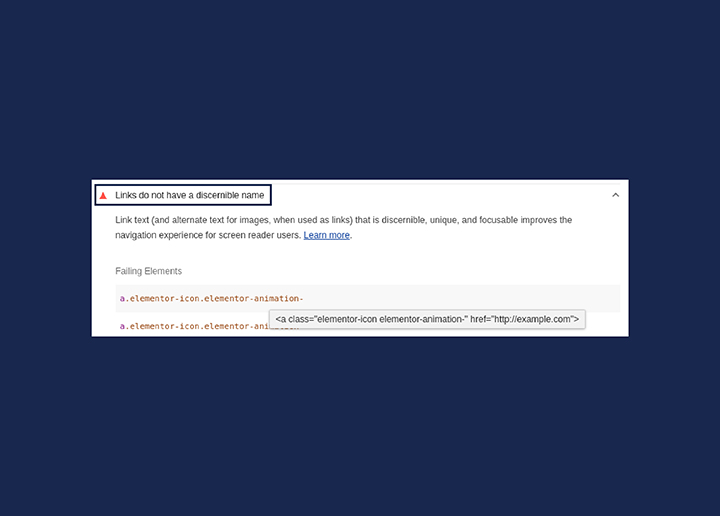Once upon a time, exact match keywords were a signal that carried a significant amount of weight. If a user entered a term into a search bar and that keyword appeared on the page they were looking at, the page would have a far better chance of ranking.
The practice that came to be known as “keyword stuffing” arose as a result of people’s discovery that they could improve the search engine rankings of their websites for a more significant number of searches by repeating a variety of phrases throughout a single page.
You may get away with using a lot of unnecessary term repetition. It included overusing keywords in the on-page material and composing entire paragraphs out of nothing but keywords with commas between each.
Contents
ToggleWhy is it essential to use keywords?
It is necessary to consider keywords in general to comprehend the practice of keyword stuffing.
People will utilize keywords to assist them in finding certain pages on your website.
For example, if you sell rubber duckies, you do not want people interested in garden hoses or furniture to come to your website. Instead, you want visitors who are interested in rubber duckies.
Always remember that every page on your website must have some content on it that is connected in some way to the many keywords that pertain to rubber ducks. The same is true for any ads hosted on the internet, such as pay-per-click (PPC) advertising and search engine optimization (SEO) methods.
What Exactly Is Keyword Stuffing?
The practice of loading websites with many keywords to affect a website’s placement on search engine results pages is “keyword stuffing” by Google in its official definition of the term (SERPs).
These phrases, which Google also refers to as “irrelevant keywords,” often occur in groupings, lists, or out of context, as the search engine giant points out. This last point is the one that, if done incorrectly, has the potential to irritate your target audience the most.
Including more keywords in the material may be necessary, such as rearranging sentences or saying things cumbersome and out of the logical sequence.
The reader’s focus will be broken, and the text’s flow will be disrupted. It is pretty challenging to regain a reader’s attention after being distracted by the text.
Use Long-Tail Keywords
You are well on your way to reaching your goals if you are already making use of long-tail keywords. If you’re not already doing this, this may be one of the factors contributing to your keyword stuffing problems.
Long-tail keywords, also known as LSI keywords, are phrases that are longer and more precise than common keywords, and they are often used to refer to goods or services, specific brands, or types of businesses. In most cases, they are used to capture the attention of prospective buyers who are on the verge of completing their purchase.
After you have chosen some long-tail keywords, use the Google Keyword Planner to search for your desired phrases or keyword groups. You’ll be able to refine your long-tail options by applying filters based on the total number of words included in the phrase.
Refer to Seahawk Media for more such articles.


















